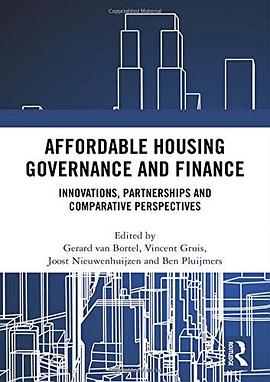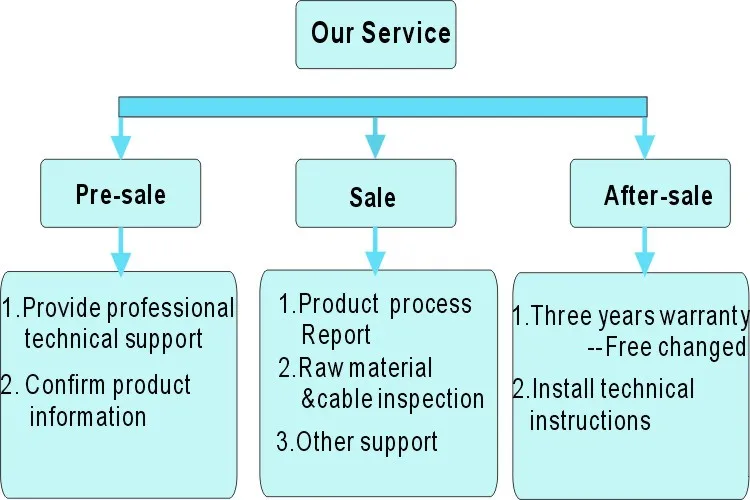Understanding Construction Loan Payments: A Comprehensive Guide for Home Builders
#### What Are Construction Loan Payments?Construction loan payments refer to the financial obligations incurred by borrowers who take out loans specifically……
#### What Are Construction Loan Payments?
Construction loan payments refer to the financial obligations incurred by borrowers who take out loans specifically for the purpose of building a new home or undertaking significant renovations. Unlike traditional mortgages, construction loans are typically short-term and are disbursed in increments as the construction progresses. This means that borrowers only pay interest on the amount of the loan that has been disbursed at any given time, making it crucial for builders to understand how these payments work.
#### How Construction Loan Payments Work
When you secure a construction loan, the lender will outline a payment schedule based on the construction timeline. Initially, you may only need to make interest payments on the loan. As construction milestones are met, the lender will release funds in stages, often referred to as "draws." Each draw corresponds to a specific phase of construction, such as laying the foundation, framing, or completing the roof.
During the construction phase, borrowers can expect to pay interest on the drawn amount. For example, if your total loan is $300,000 and you have drawn $100,000 for the initial phase, you will only pay interest on that $100,000. This can help manage cash flow effectively, especially for those working on tight budgets.
#### Types of Payments in Construction Loans

There are typically two types of payments associated with construction loans: interest-only payments and amortized payments.
1. **Interest-Only Payments**: Many lenders offer interest-only payments during the construction period. This means that you will only pay the interest on the amount drawn from the loan, which can significantly lower your monthly payments during construction.
2. **Amortized Payments**: Once the construction is completed, the loan may convert to a traditional mortgage, requiring you to start making principal and interest payments. This transition can significantly increase your monthly payment, so it’s important to factor this into your budget.
#### Budgeting for Construction Loan Payments
Budgeting for construction loan payments is essential for any home builder. You should consider not only the monthly payments during construction but also the potential increase in payments once the construction is complete. It’s advisable to work with a financial advisor to create a detailed budget that includes all aspects of the construction process, including unexpected costs.
Additionally, you should account for other expenses such as property taxes, insurance, and utility costs during the construction phase. Having a comprehensive budget will help ensure that you can meet your financial obligations without stress.
#### Tips for Managing Construction Loan Payments
1. **Communicate with Your Lender**: Regular communication with your lender can help you stay informed about your loan status and any changes in payment schedules.
2. **Stay on Schedule**: Delays in construction can lead to increased costs and potentially affect your loan payments. Keeping your project on track can help you manage your financial obligations more effectively.
3. **Keep Track of Draw Requests**: Ensure that you submit draw requests in a timely manner to avoid delays in funding and ensure that you have the necessary cash flow to continue construction.

4. **Plan for the Future**: Anticipate the transition from construction loan payments to traditional mortgage payments. Knowing what to expect can help you prepare financially.
In conclusion, understanding construction loan payments is vital for anyone looking to build a new home. By familiarizing yourself with the payment structure, budgeting effectively, and managing your payments diligently, you can navigate the construction financing process with confidence.